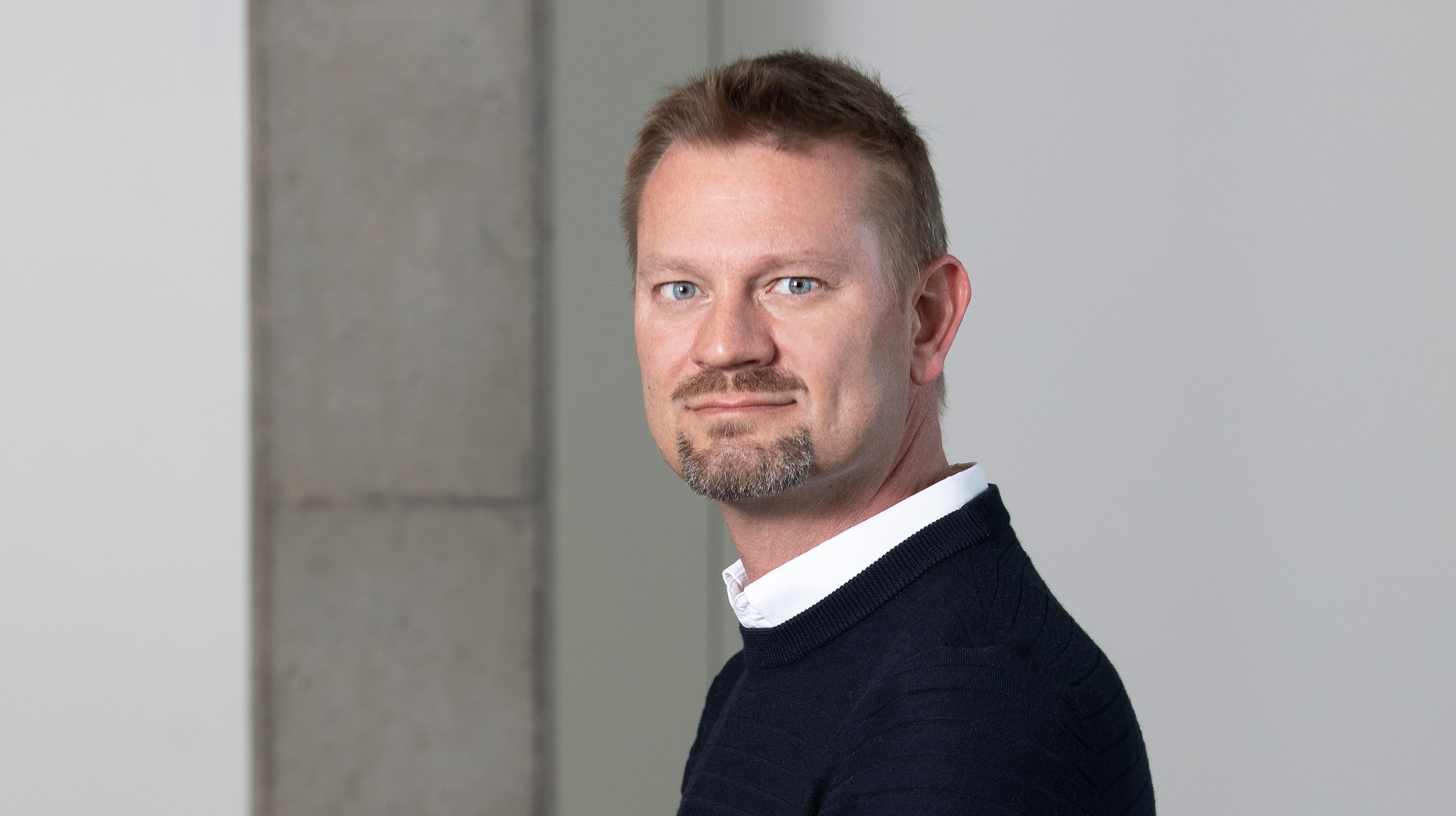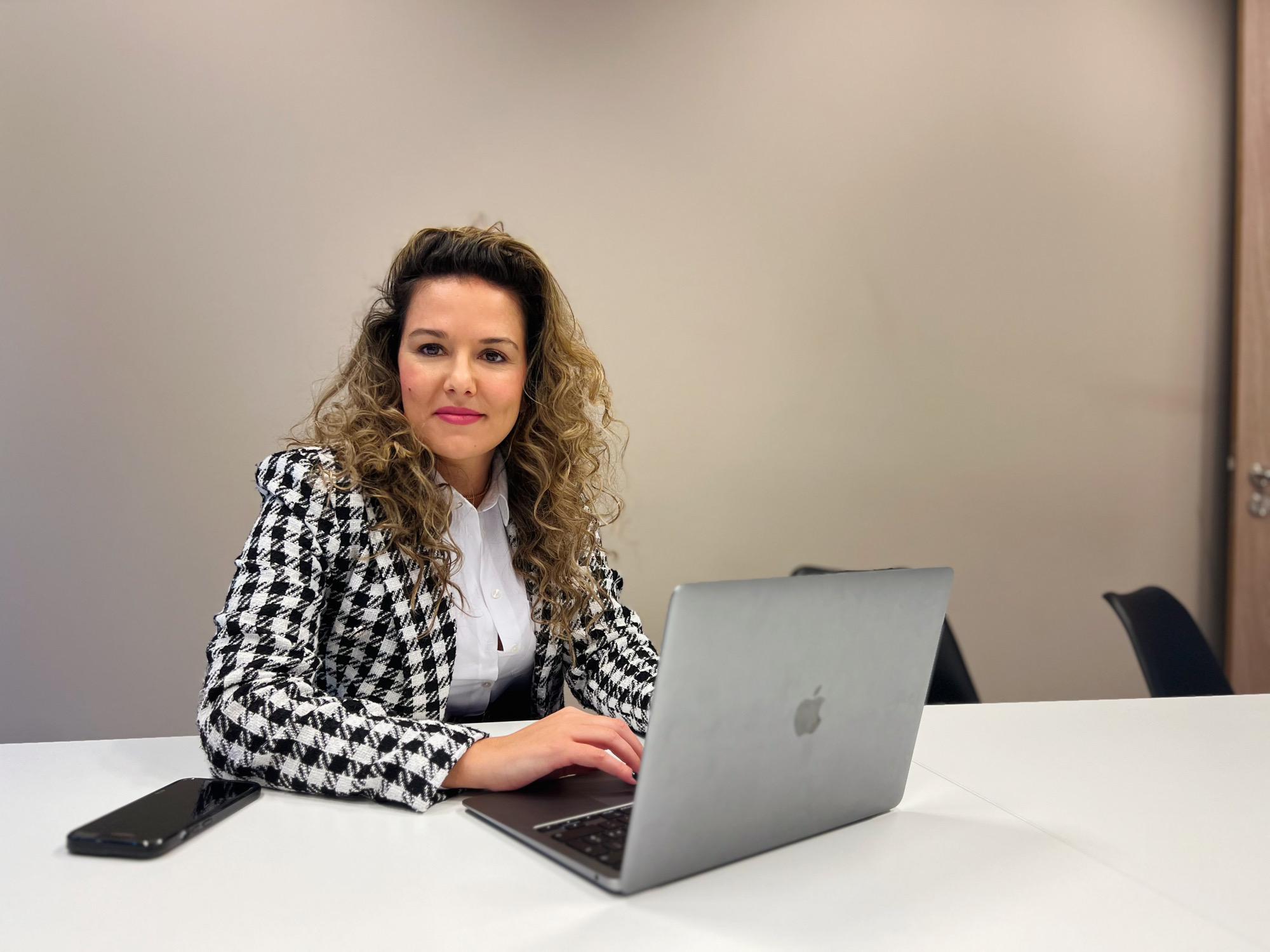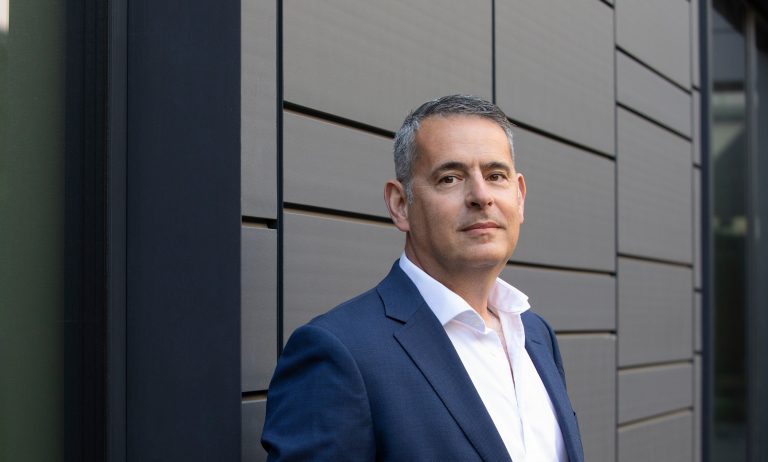The current fund distribution model is out of date and expensive, says Olivier Portenseigne, CEO of FundsDLT. However, blockchain technology now makes it possible to simplify processes, bring actors closer together and reduce friction and costs.
The challenge is to rethink the approach so that everyone wins.
FundsDLT aims to simplify investment fund distribution. What is wrong with the current model?
Olivier Portenseigne - It’s clear that the ecosystem that supports fund distribution is out of date and relatively inefficient, it is also made up of numerous intermediaries and covers a wide variety of functions. This has led to a large degree of redundancy in the tasks and operations carried out by the different actors. Taken together, this means that fund distribution is expensive. Between an asset manager and an investor there’s a whole series of actors, such as banks, central depositories, transfer agents and so on.
These actors, all as essential parts of the value chain, must deal with their various obligations, particularly in terms of reconciling information, while at the same time ensure they are paid for the services they provide. Often, the originator and creator of a financial product only maintains a distant and mostly indirect relationship with his final client, the end investor.
New technologies, such as blockchain and other fintech solutions, can contribute to streamlining exchanges, speeding up the processing of operations all along the distribution chain and, ultimately, to reducing costs.
What are the main factors driving the transformation of the old model?
Technology has changed the world in many ways. Today, everybody expects a quality user experience regardless of the service offered. We live in the age of immediacy, we want real time and, importantly, we want value for money.
However, the distribution chain as it is currently organized tends to eat up some of the performance from the investment products. Each actor who has to be remunerated for their services nibbles away at the investment value that is generated. Importantly, these actors operate with systems that were state of the art 20 years ago. Not only is the part visible to the users, namely the front-end interfaces, not up to expectations, but the back-end operational systems are inefficient.
"Financial products must become much more accessible than they currently are" - Olivier Portenseigne, CEO, FundsDLT
What does better distribution contribute to the development of the fund industry?
It's a key issue for the industry and the economy. Investment funds have a major role to play in sustainable economic development. One of the challenges for tomorrow is to more easily mobilize citizens' savings and to use these saving to help respond to the challenges that occupy us all. In this regard, financial products must become much more accessible than they currently are. One fundamental way to achieve this is to reduce the costs that are inherent in distribution.
If the European authorities are indeed seeking to mobilize savings to support the economy, and in particular the transition towards a more sustainable society, is it not the regulations, by imposing a set of functions to be fulfilled, that make fund distribution particularly burdensome?
While there are frictions all along the value chain, I don't think there's any need to rethink regulations. They are there to respond to the issues of investor protection and to protect against fraud. It is not a matter of freeing them up, but of finding ways to streamline and speed up the process by taking full advantage of the possibilities offered by technology.
How is the FundsDLT model positioned in this respect?
We are focused heavily on the use of blockchain technology to reduce points of friction and to limit operational redundancy throughout the value chain. Starting from the base of a distributed register, which is considered unfalsifiable, all actors in the chain can more easily share the same information to carry out the functions for which they are responsible.
How does the model work?
Blockchain makes it possible to meet certain obligations only once and for all the actors in the chain. In addition to the blockchain and thanks to a combination of certain partners and distributed databases, end investor data can be shared with all actors and intermediaries taking part in the distribution process.
Reconciliation operations can therefore be common to all actors. This prevents everyone from having to carry out these operations on their own. The complexity linked to an investment process can therefore be greatly reduced.
This is not trivial. Recently, as part of a recruitment drive of young university students, we asked how they would invest. When they were asked if they had already invested in an investment fund, many said no, stressing that it was too complex. These same university students preferred to invest in crypto, which is more directly accessible.
"Blockchain and cloud-based distributed databases enable all actors to access the same level of information" - Olivier Portenseigne, CEO, FundsDLT
How would you describe the value proposition of your platform?
First of all, blockchain enables a gain in operational efficiency and contributes to a reduction in costs. Above all, it allows you to gain a lot of time. Multiple operations can be carried out simultaneously, and not just one after the other.
Beyond this, the model creates a space where new services can be considered, thanks to a better understanding of investor expectations for all actors. With the traditional approach, as we call it, asset managers do not have in-depth knowledge of end investors. Often, they don't even know who they are. Blockchain and cloud-based distributed databases enable all actors to access the same level of information.
This should allow the manager to envisage the creation of products that are more attuned to investor expectations, and to be able to propose more personalized approaches. The asset manager, thanks to the tokenization of assets at the blockchain level, can also envisage new distribution channels, through digital banks or crypto platforms.
Meaning some intermediaries, because of this technology, may no longer be needed?
We don't advocate disintermediation. We think that as part of the value chain, every distribution actor has a role to play, an expertise to be valued.
However, regarding the obligations which each one must fulfil, these intermediaries sometimes devote a lot of time to things for which they do not bring added value. An investment advisor, who is close to the investor, will always have a role. If they’re no longer spending time on administrative aspects, they’ll be able to devote it to listening to their clients.
"We are there to support change, support fund distribution actors and create new solutions" - Olivier Portenseigne, CEO, FundsDLT
By relying on blockchain, don’t the possibilities that technology offers in terms of automation risk making some functions obsolete?
Some functions, at the back-office level, can be fully automated thanks to technology. It's obvious. But it's a good thing for the industry as a whole. In the future, actors will only have to deal with what goes wrong, the exceptions that could arise at the heart of the distribution chain. While certain functions could disappear, new opportunities will also emerge in order to better serve the end investor.
Could the FundsDLT platform become a pan-European distribution infrastructure?
It's a long-term ambition. Additionally, the prospects are not limited to the European market. There is interest in the technology in particular in Asia. However, the challenges are many.
Currently, the European market is still fragmented, with divergences at the level of regulations between countries that we need to be able to understand, sometimes adapting the platform to certain markets, but the core remains the same. We are there to support change, support fund distribution actors and create new solutions. It is about protecting the investor, reducing costs and improving processes.
See the French original here: paperjam.lu/article/reduire-frictions-et-couts-lie



